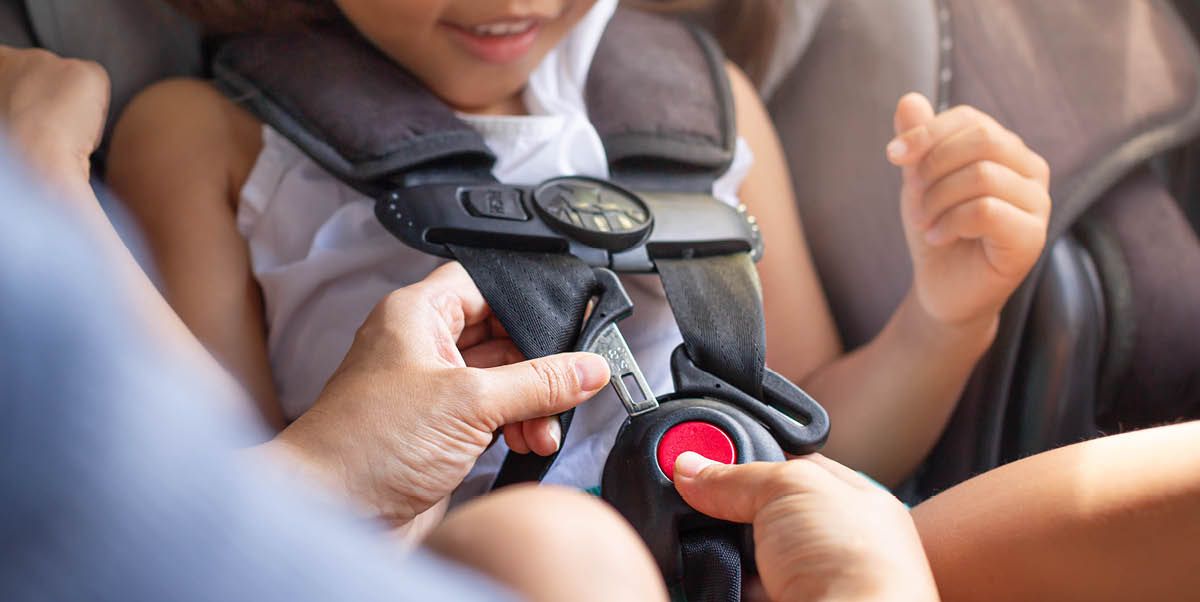
How to choose the right car seat before you hit the road with baby
Now that your precious baby has arrived, it’s time to focus on keeping her safe – at home and in the car.
Did you know car crashes are the leading cause of death for children between 1 and 13 years old? At Huntsville Hospital for Women & Children and Madison Hospital, we want car seat safety to be a priority for you and your children.
That starts with choosing the right car seat, installing it correctly, and securing your child in it properly.
First, let’s talk about choosing a car seat. There are four types of car seats: rear-facing, forward-facing, booster seat and seat belt.
Babies should always be in a rear-facing seat, so that is what we will focus on for this blog. Studies have shown rear-facing car seats to be five times safer than forward-facing seats.
Within the rear-facing family of seats, you can choose from an infant seat, convertible seat or an all-in-one seat. You will need to decide which of these is best for your type vehicle and size of your child.
The infant seat is just that – only for infants. Most babies will outgrow this type seat before they reach a year old. You will need to transition to either a convertible or all-in-one seat once your infant outgrows the infant seat.
Both convertible and all-in-one seats can change from rear-facing to forward-facing as your child grows. The all-in-one design has the additional flexibility to become a booster seat. Whichever option you choose, make sure it has a harness and tether for maximum safety.
It’s also important to know the history of your car seat. Check the expiration date (usually found on the bottom of back of the seat) and make sure your seat is not subject to any safety recalls. Never use a car seat that has been involved in a crash.
Check out this printable chart from National Highway Traffic Safety Administration (NHTSA) to help you choose the right seat for you.
Now let’s talk about the installation and inspection of your car seat. This step cannot be skipped! You should always install your car seat using either lower anchors or the seat belt – but never both. Consult your vehicle’s owner manual to make sure you understand the seat belt locking capability if using that option. Read all installation instructions carefully and fully before installing.
Once you have the seat installed in your vehicle, it’s time to have it checked by an expert. The car seat inspection station at Huntsville Hospital Women’s Center is temporarily closed due to COVID-19, but there is another resource in our community. Visit the Rocket City Car Seat Safe Facebook page to request an inspection by a Certified Child Passenger Safety Technician.
Last but not least, be sure to register your car seat with the manufacturer. This will allow you to receive alerts of recalls and safety notices so you can ensure your child’s safety as she grows.
NHTSA and Safe Kids are great resources for installation tips and the latest recall notices.
 Renee Colquitt, CRNP, NNP-BC Director of Perinatal Services at Madison Hospital |